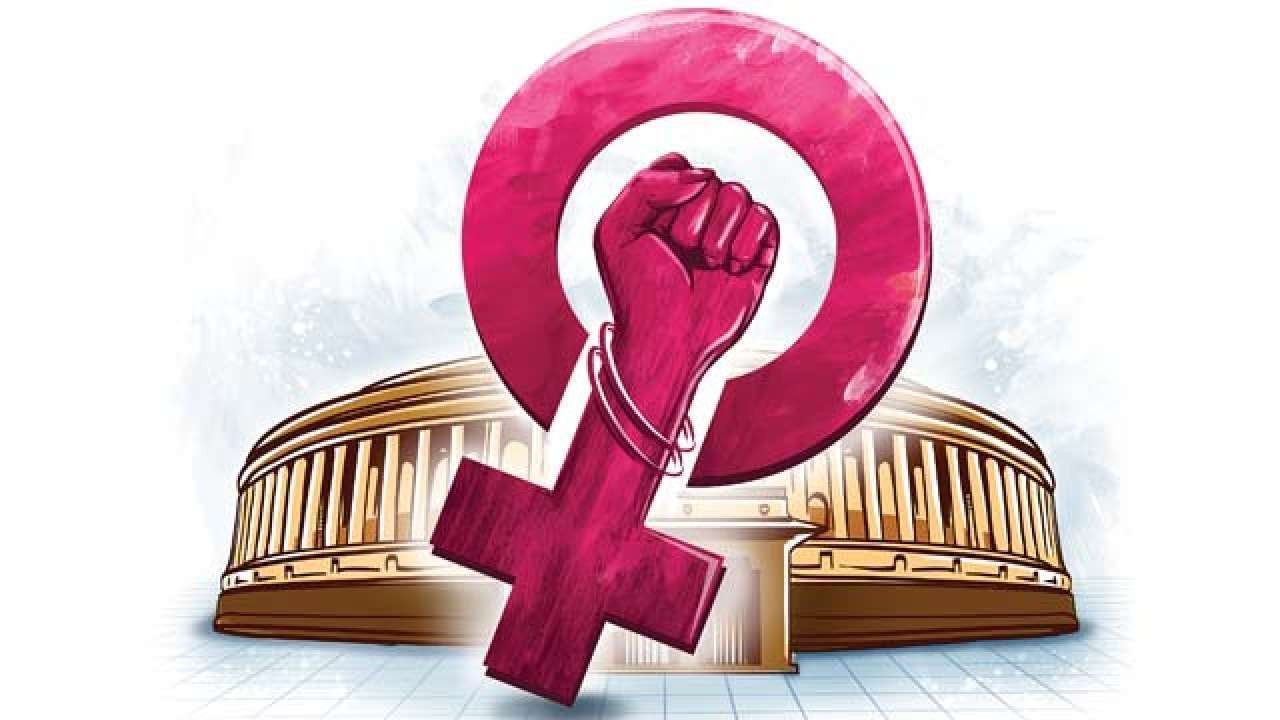A Democracy in Half Light
India calls itself the world’s largest democracy. Yet, its democratic promise remains woefully incomplete when viewed through the lens of gender. For all its constitutional idealism, the Indian political system continues to marginalize half of its citizenry from decision-making spaces. The issue at stake is not just inclusion—it is authentic empowerment.
While Indian politics boasts iconic female figures—from Indira Gandhi to Mayawati, Jayalalithaa, and Mamata Banerjee—their prominence has masked the widespread absence of women from the political mainstream. In a democracy that thrives on representation, women remain a minority in power and influence.
A Disparity in Numbers and Narrative
As of 2024, women hold just 14.4% of seats in the Lok Sabha, and fewer than 11% in state assemblies. This is despite women comprising nearly 50% of India’s population. Compared to nations like Rwanda (61%), Sweden (46%), and even neighbouring Nepal (33%), India’s gender gap in governance is stark.
Local governments, thanks to the 73rd and 74th Constitutional Amendments, have mandated 33% reservation for women in Panchayati Raj Institutions. But beyond the grassroots level, this progressive momentum fades. Even where women are present, their participation is often symbolic, controlled, or circumscribed by patriarchal structures—exemplified by the phenomenon of “sarpanch pati” or male relatives exercising authority on behalf of elected women.
The question we must ask is: Can symbolic inclusion ever substitute for structural equality?
The Mirage of Empowerment: Tokenism in Practice
Tokenism—offering minimal representation as a gesture of inclusion—has become the default response to gender disparities in Indian politics. Political parties field a few high-profile female candidates or assign them ceremonial posts while denying them influence over core decision-making.
Many women politicians rise not through grassroots mobilization, but through dynastic affiliations—as wives, daughters, or sisters of established male leaders. Their legitimacy is often questioned, and their policy initiatives are frequently overshadowed by gendered scrutiny or patriarchal control.
As political scientist Zoya Hasan argues, “Symbolic representation devoid of institutional support only reinforces the margins—it does not erase them.”
The Women’s Reservation Bill: Promise in Peril
After decades of delay, the Women’s Reservation Bill (2023) was finally passed by Parliament, promising 33% reservation in the Lok Sabha and State Assemblies. Yet, its implementation is deferred until the next delimitation and census—potentially post-2029. While the bill’s passage was celebrated, the timeline exposes a troubling ambivalence. Was this a legislative milestone or a political delay tactic?
This bill had been introduced and shelved multiple times since 1996, blocked by male-dominated party interests and tactical indifference. Its delayed enforcement continues to deprive generations of women their rightful political space.
India must now guard against the bill becoming yet another symbolic appeasement instead of a transformative leap.
Representation That Transforms: Why Women in Power Matter
Genuine political representation is not about numbers alone; it is about outcomes. Empirical evidence globally and within India shows that women leaders prioritize healthcare, education, sanitation, and social justice. They bring empathetic, inclusive, and community-oriented leadership styles.
Consider:
- K.K. Shailaja, the former Health Minister of Kerala, whose pandemic management drew international praise. Her leadership was marked by transparency, scientific temper, and care-centric governance.
- Chhavi Rajawat, a sarpanch in Rajasthan, who used her corporate background to introduce digital governance and water conservation in rural India.
These women did not just occupy space—they redefined leadership. Their stories expose how increased women’s representation leads to qualitatively better governance, not just gender balance.
Barriers to Entry: Why Women Stay Out
Despite such compelling examples, women face formidable barriers in entering politics:
- Patriarchal Gatekeeping: Party leadership structures are overwhelmingly male. Women are often denied “winnable” seats and are expected to conform to masculine models of power.
- Campaign Financing: Elections in India are exorbitantly expensive. With limited financial networks, women—especially those from marginalized backgrounds—are excluded from viable candidacy.
- Violence and Intimidation: Female politicians are disproportionately targeted by online abuse, threats, and harassment. A 2022 Amnesty International report found that Indian women politicians receive one-third more gendered abuse on Twitter than their male counterparts.
- Cultural Stigmas: Women in politics are subjected to character judgments and family-related scrutiny. Unlike men, their private lives are political liabilities.
Until these structural, cultural, and digital barricades are dismantled, women’s participation will remain stunted, no matter the quota.
Beyond Numbers: Reimagining Political Power
The future of Indian politics requires more than numeric parity. It demands a feminist reconstruction of leadership. Feminist politics is not about women replacing men—it is about decentralizing hierarchies, nurturing collaboration, and foregrounding justice.
This shift will come when:
- Parties introduce internal gender quotas, not just for electoral tickets but for key decision-making posts.
- Mentorship programs are institutionalized to support women, especially from Dalit, Adivasi, Muslim, and LGBTQIA+ backgrounds.
- Legal mechanisms ensure digital and physical safety for women in political spaces.
- Civic education counters gendered stereotypes and normalizes female authority in public life.
Conclusion: Completing the Democratic Project
A democracy that sidelines its women is a democracy only in name. India’s political landscape must evolve from passive inclusion to active transformation. The goal is not to check a box, but to change the narrative—from ornamental roles to influential ones.
As Justice Ruth Bader Ginsburg once said, “Women belong in all places where decisions are being made.” India’s future lies in that conviction—not just as a promise for women, but as a revolution for democracy itself.
Let us not wait for 2029 to give women their rightful place…..
